Just to note, I have already checked this question and this question.
So, I'm using distplot to draw some histograms on separate subplots:
import numpy as np
#import netCDF4 as nc # used to get p0_dict
import matplotlib.pyplot as plt
from collections import OrderedDict
import seaborn.apionly as sns
import cPickle as pickle
'''
LINK TO PICKLE
https://drive.google.com/file/d/0B8Xks3meeDq0aTFYcTZEZGFFVk0/view?usp=sharing
'''
p0_dict = pickle.load(open('/path/to/pickle/test.dat', 'r'))
fig = plt.figure(figsize = (15,10))
ax = plt.gca()
j=1
for region, val in p0_dict.iteritems():
val = np.asarray(val)
subax = plt.subplot(5,5,j)
print region
try:
sns.distplot(val, bins=11, hist=True, kde=True, rug=True,
ax = subax, color = 'k', norm_hist=True)
except Exception as Ex:
print Ex
subax.set_title(region)
subax.set_xlim(0, 1) # the data varies from 0 to 1
j+=1
plt.subplots_adjust(left = 0.06, right = 0.99, bottom = 0.07,
top = 0.92, wspace = 0.14, hspace = 0.6)
fig.text(0.5, 0.02, r'$ P(W) = 0,1 $', ha ='center', fontsize = 15)
fig.text(0.02, 0.5, '% occurrence', ha ='center',
rotation='vertical', fontsize = 15)
# obviously I'd multiply the fractional ticklabels by 100 to get
# the percentage...
plt.show()
What I expect is for the area under the KDE curve to sum to 1, and for the y axis ticklabels to reflect this. However, I get the following:
As you can see, the y axis ticklabels are not in the range [0,1], as would be expected. Turning on/off norm_hist or kde does not change this. For reference, the output with both turned off:
Just to verify:
aus = np.asarray(p0_dict['AUS'])
aus_bins = np.histogram(aus, bins=11)[0]
plt.subplot(121)
plt.hist(aus,11)
plt.subplot(122)
plt.bar(range(0,11),aus_bins.astype(np.float)/np.sum(aus_bins))
plt.show()
The y ticklabels in this case properly reflect those of a normalised histogram.
What am I doing wrong?
Thank you for your help.


